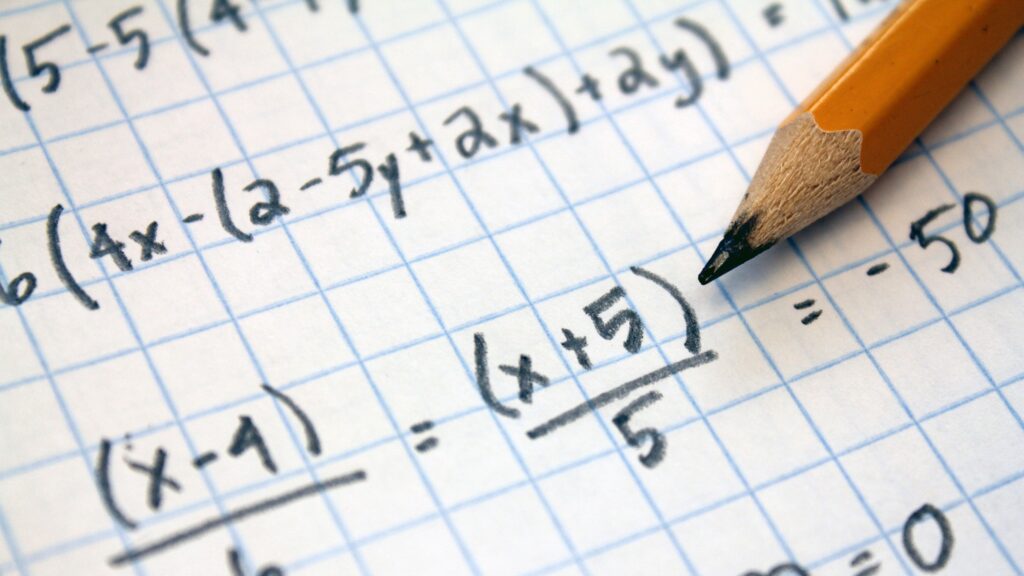Morgan Sweeney | September 6, 2023
(The Center Square) — The State Board of Education completed its review of state standards of learning for math and has approved new 2023 standards to go into effect during the 2024-25 school year.
In 2000, the General Assembly voted to make it a law that the board must review the state’s standards of learning for core subjects every seven years. The last review was in 2016.
Since taking office, Gov. Glenn Youngkin has decried the state of K-12 education in the commonwealth and has called for actions that raise the bar for students, increase accountability and transparency between parents and schools and improve Virginia’s teacher education programs.
These initiatives echo throughout the new mathematics standards of learning, as do principles similar to those in the science of reading reforms sweeping the nation.
The board lays out its guiding principles for the standards at the beginning. They include making math classes beyond Algebra a requirement for high school graduation, with an emphasis on foundational math skills, delaying a student’s advancement until the student has demonstrated proficiency in prerequisite skills, “[integrating] math across all content areas,” properly preparing teachers and requiring mastery of basic computational skills before integrating the use of technology into math work.
The science of reading also highlights the importance of mastery of basic skills before tackling bigger literacy concepts.
The board also reviews the changes it has made from the previous standards, including ensuring that content standards are not beyond a student’s current grade level and that instruction, from grade to grade and course to course, coherently builds on itself.
The science of reading underscores that reading instruction must be explicit and systematic.
The new standards also assert that “students will have personalized mathematics pathways based on mastery and readiness.” In contrast, the standards are designed to support a coherent methodology; they encourage teachers and aids to “determine the instructional sequence of the content that is best suited to meet the needs and goals of the student.”
They also require the board to define “mastery” or proficiency for every grade level and to develop a system of accountability so that teachers, parents and students are aware of where a student stands in relation to grade level requirements and expectations.
